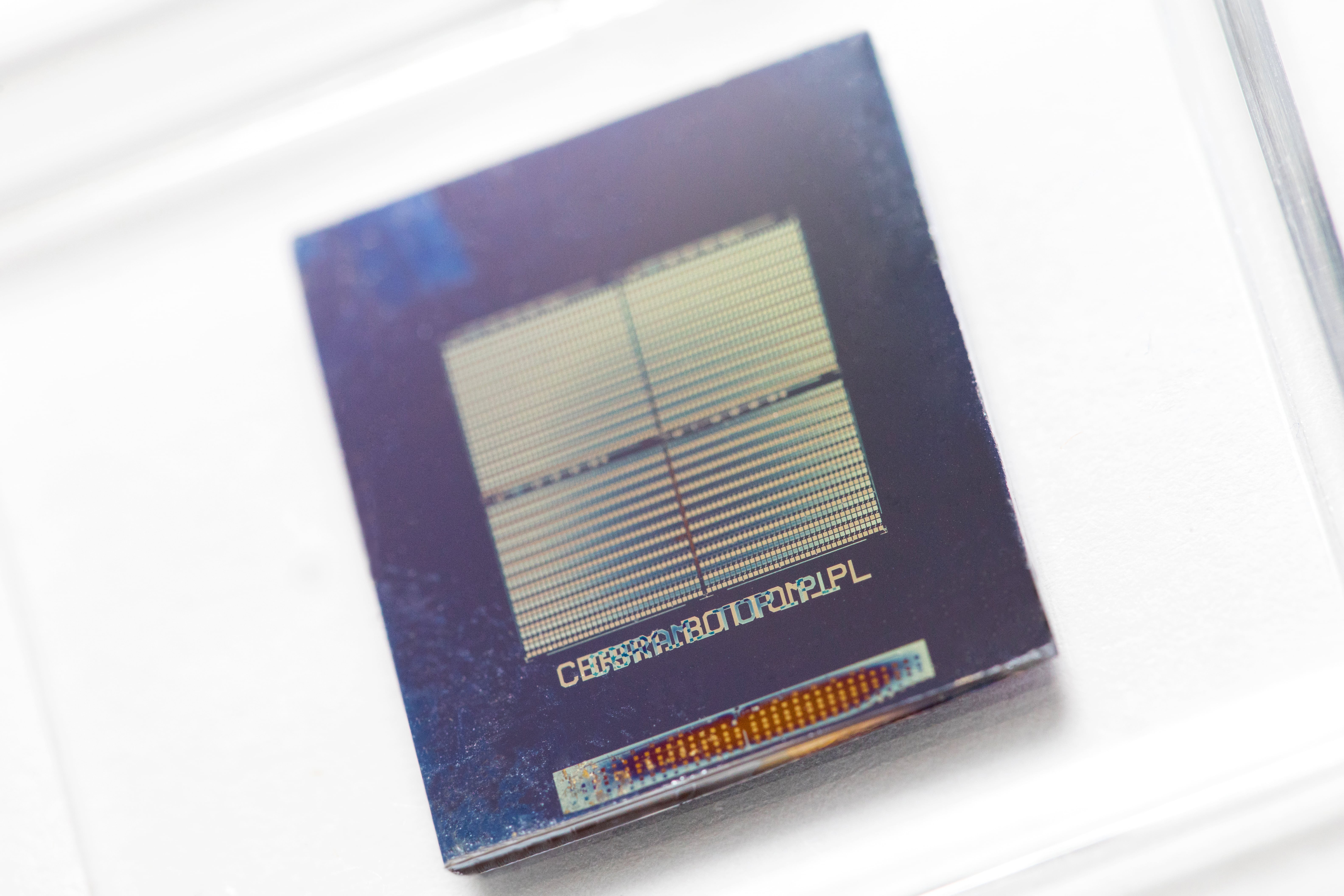Thursday, 08 August 2024
New International Study Explores the Potential of Resistive Switching Devices
These components are essential for many electronic and technological applications and represent a field of research with a great future, especially with the development of new materials and micro- and nanoelectronics.

A review article recently published in the journal Materials Science and Engineering: Reports, co-authored by scientists from the ICN2 Theoretical and Computational Nanoscience Group, has analysed the current applications and future potential of resistive switching devices. In particular, PhD student Onurcan Kaya and ICREA Prof. Stephan Roche, leader of the group, contributed to this research, together with scientists from other institutions such as RMIT University in Melbourne, Australia, and KAUST in Thuwal, Saudi Arabia.
Resistive switching devices are electronic components that can change their conductance state in response to a control signal. These devices control current flow primarily through changes in resistance. It is a promising technology for developing advanced memories and other electronic components, such as security systems, due to its ability to efficiently switch and maintain different resistance states.
This review highlights the significant potential of resistive switching devices for various applications in micro- and nanoelectronics. While they are already used in commercial non-volatile memories, they also show promise for emerging technologies like artificial neural networks, advanced data encryption, and high-frequency telecommunications (5G/6G). Thanks to their excellent electrical properties and relatively straightforward fabrication process, these devices are set to play a crucial role in the future of electronic circuits and microchips.
However, this publication also highlights that all these technologies still face reliability problems due to a limited understanding and insufficient control of the phenomena that take place at the atomic level. For these reasons, the authors emphasise that there is still a need for further studies to have a better understanding of this technology.
Reference article:
Villena, MA; Kaya, O; Schwingenschlögl, U; Roche, S; Lanza, M. Density functional theory and molecular dynamics simulations for resistive switching research. (2024). Materials Science and Engineering: Reports. https://doi.org/10.1016/j.mser.2024.100825

